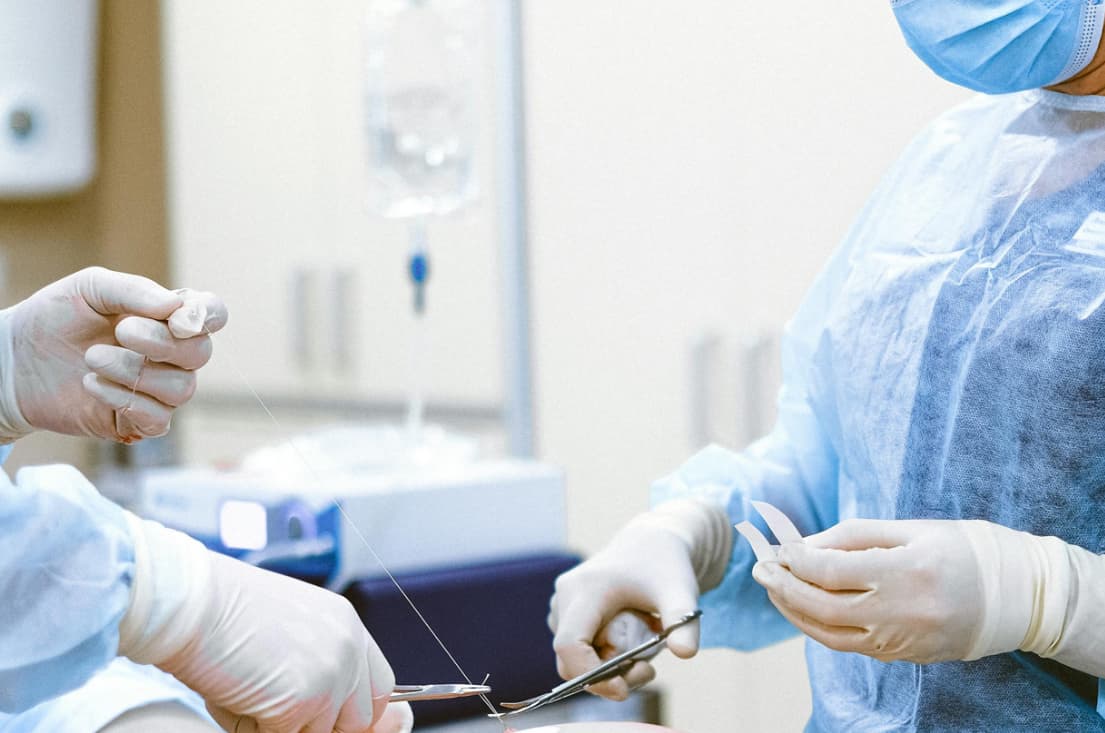Ovaries, the pivotal reproductive organs nestled within the body cavity, are anchored via a mesovarium, a connective tissue membrane that facilitates the passage of vital nutrients, blood, lymph vessels, and neural connections. This structural arrangement is not merely a trait of advanced vertebrates but can be traced back to primitive species like the hagfish, where a notable extension of gonadal tissue spans the length of the body cavity. Remarkably, in hagfish, the anterior segment of this gonadal mass functions as ovarian tissue while the posterior segment harbors nascent testicular tissue, illustrating a unique dual reproductive potential within a single organism.
Follicular Dynamics and Oocyte Maturation
The ovarian landscape is characterized by a dynamic interplay of developing oocytes encased within follicular units – the follicles themselves are a microcosm of cellular cooperation leading to the maturation and eventual release of oocytes. Depending on factors such as species-specific reproductive strategies, nutritional status, and age, the appearance of an ovary can vary significantly. Variables include the number of oocytes released, their developmental stage, and the presence of specific pigments within the egg cytoplasm, which can influence the ovarian appearance across different life stages and reproductive cycles.
Ovarian Variations Across Vertebrates
Ovarian architecture and function exhibit remarkable variation across the vertebrate lineage. While teleost fish often possess ovaries with permanent or temporary cavities aiding in the ovulation process, amphibians, reptiles, and birds adapt with a range of ovarian structures from lobed sacs to complex lacunar systems. These adaptations not only reflect evolutionary responses to reproductive needs but also underline the complexity of vertebrate reproductive strategies. Mammalian ovaries, devoid of such cavities, underscore a compact design focused on efficient follicular development and oocyte release.
The Significance of the Ovarian Follicle
Central to ovarian function is the follicle, a nurturing environment comprising an oocyte surrounded by supportive cells that facilitate growth, hormonal support, and eventual oocyte release. The evolution from a singular epithelial layer in lower vertebrates to a complex, multi-layered follicular structure in higher vertebrates marks a significant evolutionary adaptation. This progression underscores the follicle’s critical role in oogenesis, hormonal regulation, and overall reproductive success across the animal kingdom.
Key Insights on Ovarian Function
- Structural Adaptations: The transition from elongated, cavity-containing ovaries in fish to compact, densely structured ovaries in mammals illustrates an evolutionary response to reproductive efficiency and protection of developing oocytes;
- Follicular Development: The follicle’s evolution from a simple structure to a complex, hormone-secreting unit reflects its critical role in supporting oocyte maturation, a cornerstone of fertility;
- Reproductive Strategies: Variations in ovarian structure and function across species underscore diverse reproductive strategies, from single, massive spawning events to selective, cyclic ovulations.
Evolutionary Perspectives on Ovarian Development
The evolutionary journey of ovarian development across vertebrates provides a window into the mechanisms of adaptation and survival. In the vast tapestry of life, the ovary has evolved to meet the reproductive demands of each species, from the aquatic realms of fish with their saccular and lacunate ovaries to the terrestrial habitats of mammals and birds with their compact, follicle-rich organs. This evolutionary pathway is not merely a series of morphological changes but a reflection of the intricate relationship between organisms and their environments. The diversity observed in ovarian structures across species highlights the evolutionary pressures that have shaped reproductive strategies, ensuring the continuation of life through generations.
These adaptations, whether in response to environmental challenges, predation, or mating systems, showcase the ovary’s central role in the reproductive success and evolutionary resilience of vertebrates.
Functional Adaptations and Reproductive Health
The functional adaptations of the ovary within vertebrates underscore its critical role in not only facilitating reproduction but also in influencing the overall health and vitality of individuals. The development of follicles, intricate hormone regulation, and the cyclical nature of the ovarian function reflect a complex system designed to optimize reproductive success. In humans and other mammals, these mechanisms are closely tied to broader aspects of health, including hormonal balance, metabolic regulation, and even impacts on mental health.
Understanding the nuances of ovarian function opens avenues for addressing reproductive disorders and enhancing fertility treatments. Moreover, it highlights the importance of reproductive health as a fundamental component of well-being, emphasizing the need for research and healthcare practices that encompass the full spectrum of ovarian functions and their health implications.
The Impact of Environmental Factors on Ovarian Function
Environmental conditions play a pivotal role in shaping ovarian function and reproductive outcomes across different vertebrate species. Temperature, light cycles, and availability of resources are key environmental cues that influence the timing and efficiency of reproductive processes. For instance, seasonal breeders align their reproductive cycles with environmental conditions to maximize the survival rates of offspring. In such species, the ovaries undergo significant changes in size and activity in response to seasonal variations, with periods of heightened reproductive activity coinciding with optimal environmental conditions for the survival of the next generation.
Additionally, exposure to environmental toxins and pollutants can have profound effects on ovarian health, potentially leading to disruptions in follicular development, oocyte quality, and overall fertility. Research into the mechanisms by which environmental factors influence ovarian function is crucial for understanding the adaptability of reproductive systems and for developing strategies to mitigate the impacts of environmental stressors on fertility.
Advances in Ovarian Health and Fertility Treatment
The last few decades have seen remarkable advances in our understanding and treatment of ovarian-related health issues. Breakthroughs in reproductive medicine and biotechnology have led to the development of sophisticated treatments for infertility, including assisted reproductive technologies (ART) such as in vitro fertilization (IVF) and oocyte cryopreservation. These technologies have provided hope to individuals and couples facing infertility challenges, offering them new avenues to achieve parenthood.
Furthermore, research into ovarian biology has led to the identification of biomarkers that can predict ovarian reserve and function, allowing for early intervention in cases of premature ovarian insufficiency or risk of ovarian failure. Additionally, genetic screening and counseling have become integral parts of managing hereditary ovarian cancer syndromes, significantly improving the outcomes for those at high risk. As our understanding of ovarian physiology expands, so too does our ability to diagnose, treat, and prevent ovarian health issues, offering women improved prospects for reproductive health and well-being.
Conclusion
The intricacies of ovarian anatomy and its evolutionary trajectory across vertebrates reveal a fascinating story of adaptation and specialization. From the dual-function gonads of the hagfish to the highly organized and compact mammalian ovaries, each variation serves the reproductive needs of the species in unique environmental and biological contexts. Understanding these complexities not only enriches our knowledge of vertebrate biology but also underscores the importance of the ovary in the broader spectrum of life’s diversity. As research continues to unveil the mysteries of ovarian function, the potential for advancements in reproductive health and conservation biology grows, highlighting the ovary’s pivotal role in both individual organismal success and the perpetuation of species.



